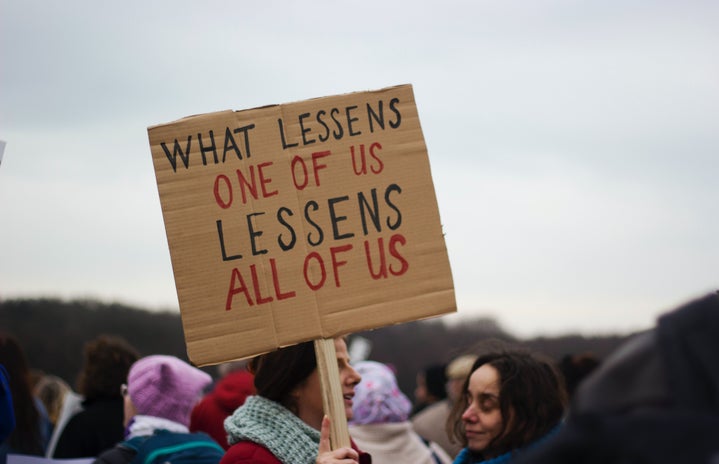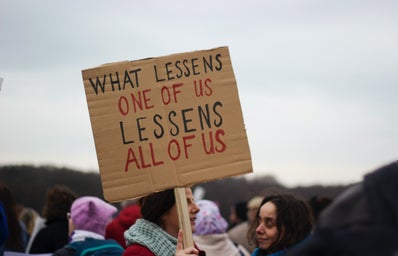During Native American Heritage Month, let’s take a moment to reflect on the many struggles Native people face that are often ignored by modern media. Of particular concern is the alarming rate of missing and murdered indigenous women in the U.S.
Here are some not-so-fun facts for you:
~ Murder is the third leading cause of death for Native women.
~ Women living on reservations are murdered at rates 10 times the national average.
~ Native people only comprise about 2% of the population, but indigenous women make up a significant portion of missing and murdered cases.
Unfortunately, this isn’t a new problem. It’s been going on for generations but very rarely are these cases deemed “worthy” of media attention and public outcry. Historically, even the government and local law enforcement have not given this issue the resources and attention it merits. There is not even a comprehensive national database that tracks all cases of missing and murdered indigenous women. This means we cannot be certain of the true extent of the issue. The current data are conservative estimations based on independent studies, but it’s likely an undercount due to poor data collection by law enforcement.
This is unacceptable.
The Urban Indian Health Institute has been collecting data and is working to establish a database to track cases of missing and murdered indigenous women, but all information is given voluntarily and at the discretion of local law enforcement. To form a truly comprehensive list, the government must get involved. We cannot allow the government to continue ignoring the epidemic of violence against Native women, but just as importantly, neither can we.
So what can we do?
Educate yourself:
Websites like Native Hope and the (newly created) Department of the Interior: Indian Affairs provide accessible and up-to-date information on this issue.
Use Native Land’s website to discover whose land you’re on. Simply acknowledging the people that were forcibly displaced from the land is a great way to gain awareness of the issue and remember the reality of American history.
Engage in politics:
It’s voting season. If you are eligible to vote, please do so. Even at the local level, these public servants are capable of making policy changes or creating programs that support indigenous communities.
Additionally, consider reaching out to your representatives to ask them about their views and policies regarding indigenous people. It is very possible they may not have any or do not prioritize them. You can use your voice to encourage a change in this. (While it may seem odd or impossible to reach out to politicians, nearly every campaign has a phone number or email for constituent feedback. Don’t be afraid to use it!)
Support Native communities year-round:
You can do this by buying from indigenous-owned businesses, donating to Native organizations, or attending marches to raise awareness for missing and murdered indigenous women.
Major marches are held across the country on February 14 for Women’s Memorial Marches and on May 5 for the official Missing and Murdered Indigenous Women’s Day. Google these marches to see if they will be coming to a city near you.

